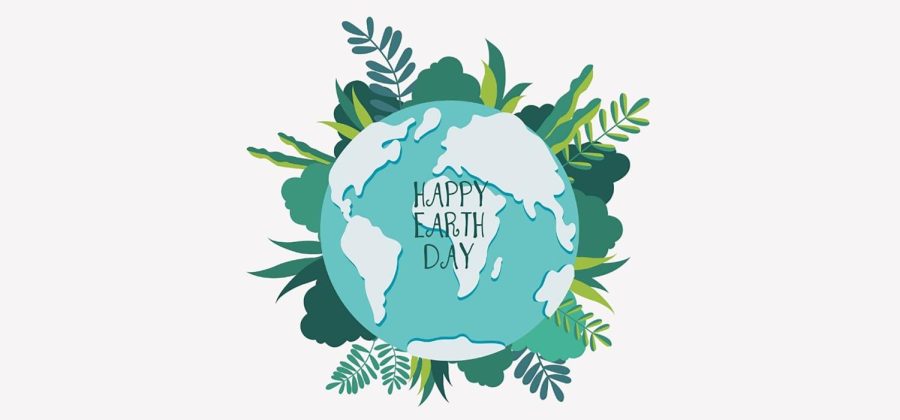History of Earth Day
April 27, 2023
With April being Earth month and Earth Day approaching on April 22nd, it’s important to learn about how this celebration came to be.
In the many years preceding the first Earth Day, the world was consuming large amounts of leaded gas to fuel their automobiles. As stated in History of Earth Day, by earthday.org, “Air pollution was commonly accepted as the smell of prosperity.” This is so because the negative effects of air pollution on a body were unknown then, and so both the environment and human health were at risk.
With these circumstances, Rachel Carson published her bestselling book Silent Spring, which focused on illuminating the powerful and negative effects humans have on the environment. With growing awareness and concern for public and environmental health, in 1970, Senator Gaylord Nelson, the junior senator from Wisconsin, created a day where the earth would be celebrated: Earth Day-although it was originally happening on a much smaller scale and was not always called Earth Day.
His actions were influenced by his earlier concern for the environment of the United States, but what really pushed him to promote his famous idea was witnessing, along with many students, a giant oil spill that happened in Santa Barbara, California in 1969. This event pushed students to create an anti-war movement. Energized by this, Nelson wanted a way to encourage the students to channel their energy towards earth preservation. He chose April 22nd to become known as Earth Day because he felt that students would participate more since it’s during a time between spring break and the end of the school year. And he was right! On April 22nd, students all around the world go out and appreciate Earth a little more than the day before.
And there you have it, the history of Earth Day.

